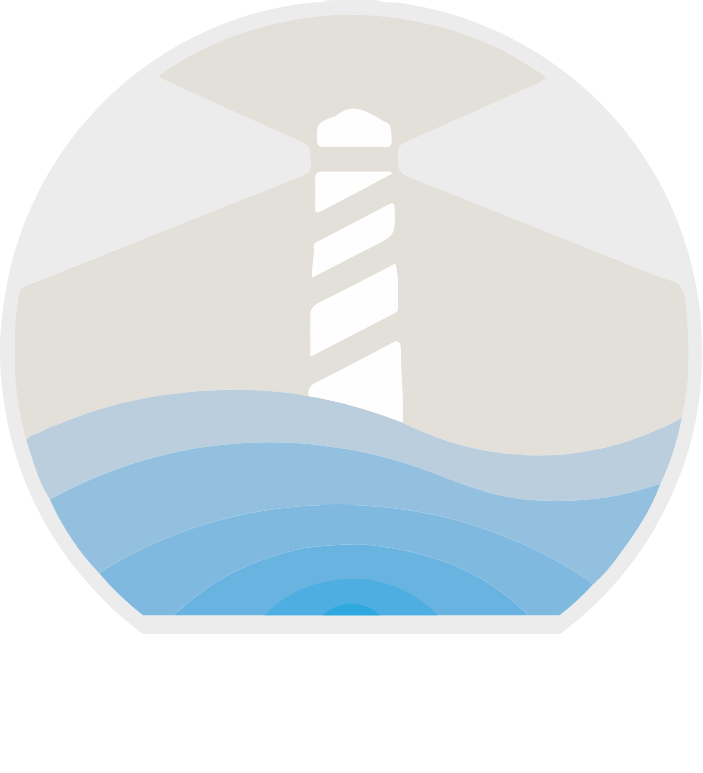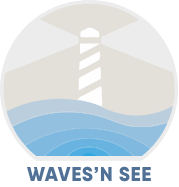Coastline monitoring from video average images enables to assess erosion/accretion processes of a beach. Multiple calculation methods exist. Nevertheless, they often lack robustness to make it operational.
To cope with this issue, Waves’n see has developed a technique of coastline’s automated detection, adapted to each study site. It is based on image segmentation by artificial intelligence and by k-means method. Then, a statistical analysis of coastline’s position maximizes the calculations’ confidence.
This new methodology enables not only automated calculations, but also a coastline detection at least three times more efficient. In concrete terms, valid coastlines used to be obtained on 20 to 30% of images, whereas they are now obtained for 65% of images at Cannes, 89% at Port-la-Nouvelle, and 71% at Etretat. With one video acquisition per hour, this corresponds to about 7 to 10 detected coastlines (depending on the seasonal variations of daylight duration).
Here is an example of coastline monitoring at Etretat, from March to July 2020.
The ability of the algorithm to follow coastline during ascending and descending tides and to catch small structures called « cusps » can be observed.
From camera’s calibration parameters, georeferenced coastlines are computed. Therefore, Waves’n see can supply a coastline’s real time monitoring, which is of invaluable help for an optimized management of beach’s sedimentary stocks, aiming to anticipate and limit the risk of marine submersion.
Intertidal topographies benefit from this new methodology too, because they are now generated from more numerous coastlines. The quality of topographies is noticeably improved, as evidenced by the validation results with Lidar measurements in Etretat’s bay. Root Mean square errors (RMSE) are close to 0,30m, and Mean Absolute Errors (MAE) to 0,20m.

Validation results with Lidar measurements (31st of August 2019) for 3 cameras in Etretat bay, old vs new methodology.
Last but not least, the automation of coastline detection reprensents a key step in the development of our activities. Indeed, it enables to significantly increase the number of sites that can be simultaneously studied. Additionally, new high frequency observations are now feasible, among which the monitoring of beach’s slope. This will be the subject of the next article!

